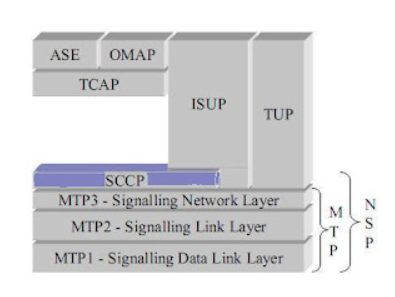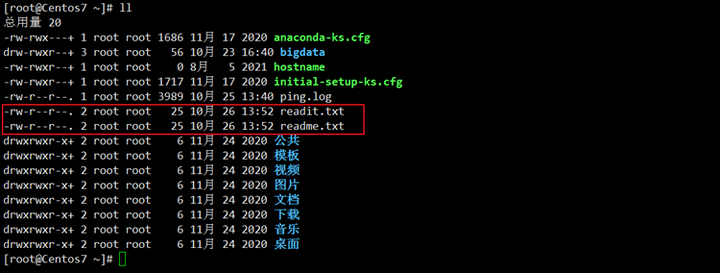一、Linux system命令简介
Linux system命令是一个用于在C语言程序中执行shell命令的函数。
通过system命令,程序员可以在C语言程序中直接调用Linux系统的命令行工具,从而实现对系统资源的管理和操作。
本文将详细介绍Linux system命令的用法、注意事项以及应用实例。
![Linux system命令深入解析:用法、注意事项与应用实例 图片[1]-Linux system命令深入解析:用法、注意事项与应用实例-不念博客](https://www.bunian.cn/wp-content/uploads/2023/05/1597316249410668.jpeg)
二、system命令的用法
system命令的基本语法如下:
int system(const char *command);
其中,command参数为需要执行的shell命令字符串。system命令执行成功时,返回命令的退出状态;执行失败时,返回-1。
以下是一个简单的system命令用法示例:
#include <stdio.h>
#include <stdlib.h>
int main() {
int status = system("ls -l");
printf("Command exit status: %d\n", status);
return 0;
}在这个示例中,C语言程序通过system命令执行了Linux的ls -l命令,并输出命令的退出状态。
三、注意事项
在使用Linux system命令时,需要注意以下几点:
- 安全性:由于system命令允许执行任意的shell命令,因此可能存在安全隐患。在使用system命令时,应尽量避免执行来自不可信来源的命令,以防止潜在的安全风险。
- 性能:system命令的执行涉及创建新的进程,因此相比直接调用系统API,其性能开销较大。在对性能要求较高的场景中,应尽量避免使用system命令。
- 可移植性:system命令依赖于底层操作系统的shell环境,因此其可移植性可能受到限制。在跨平台的应用中,使用system命令需要注意兼容性问题。
四、应用实例
以下是一个使用Linux system命令实现文件备份的示例:
#include <stdio.h>
#include <stdlib.h>
int main() {
char src_file[] = "file.txt";
char dst_file[] = "file_backup.txt";
char command[256];
snprintf(command, sizeof(command), "cp %s %s", src_file, dst_file);
int status = system(command);
if (status == 0) {
printf("File backup successful.\n");
} else {
printf("File backup failed.\n");
}
return 0;
}在这个示例中,C语言程序通过system命令调用Linux的cp命令,实现了文件的备份操作。
© 版权声明
本站文章由不念博客原创,未经允许严禁转载!
THE END









